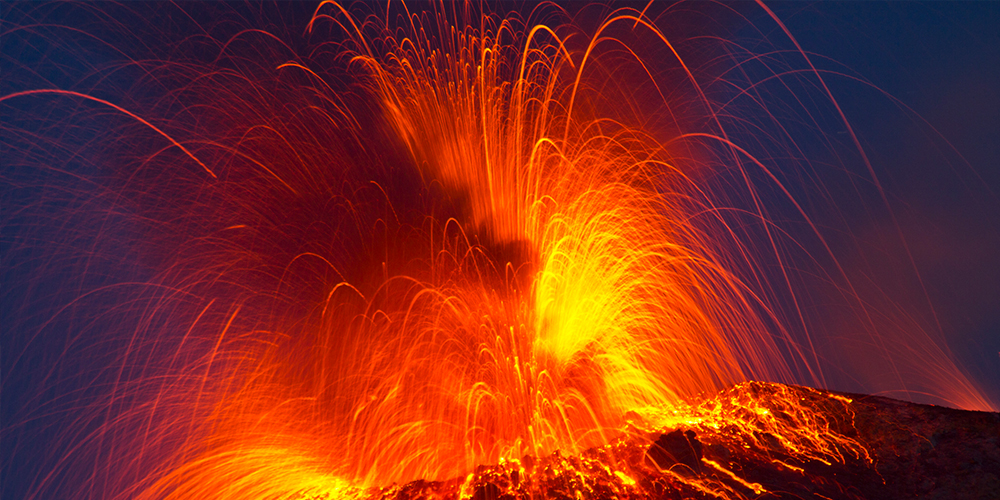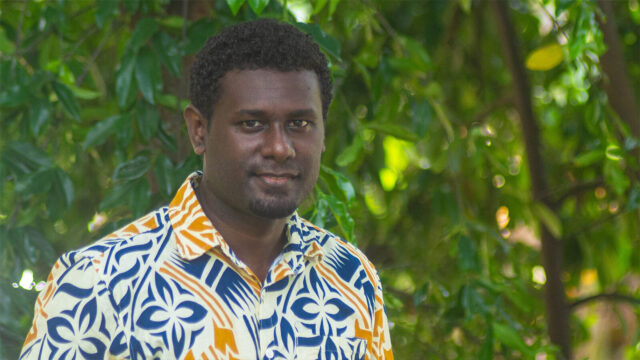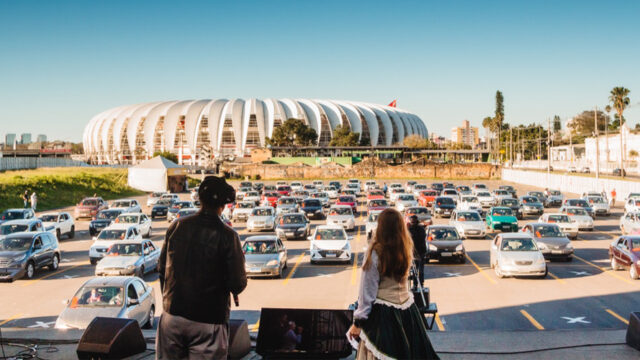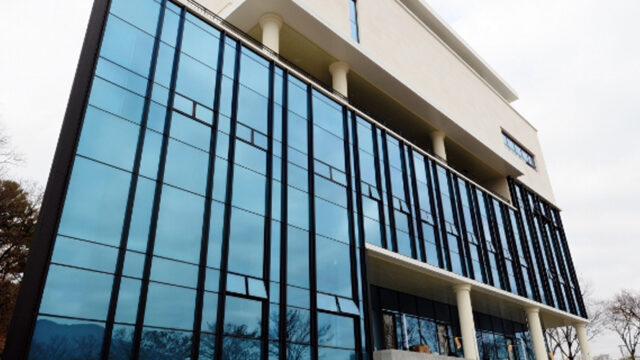What the recent explosions of La Soufrière taught me about our spiritual journey.

April 9, 2021, an angry, flaming, roaring, blazing wild beast, volcano La Soufrière, woke up with violence after sleeping rather quietly for the past 40 years. Suddenly, with scarcely any warning, intimidating peals of thunder sounded across my island home of St. Vincent. Flashes of lightning engulfed the atmosphere and blazed across the skies as fiery, boiling, hot, explosive, deadly, and toxic magma from the La Soufrière volcano streamed down the mountain range. As if this were not enough, colossal columns of raging gray, black, and orange smoke rose up from the crater and darted across the skies, covering the island in ash.
To those too young to remember 1979, the spectacular mushroom clouds unfurling in the skies were great spectacle. But for those who understood the implications, it signaled severe health hazards, economic losses, destruction to our ecosystems, and damage to houses, infrastructure, agriculture, land, and roads. Moreover, its eruption on this occasion cruelly aggravates the already terrible situation of an ongoing global pandemic.
Economic and health hazards are exacerbated by the displacement of people who reside in the northeastern and northwestern sides of the island in the vicinity of the volcano dubbed as the “red” or “danger” zone. Despite the preliminary warnings that were issued to persons in those areas during the effusive eruptive state of the volcano, many persons did not heed the warnings to prepare. Consequently, on Thursday, April 8, just one day before the explosive eruption, when the official evacuation order was issued, many persons were found “sleeping,” as they were forced to evacuate the comfort of their homes to find shelter in safer areas. A friend of mine from Chateubelair, a northern village on the volcano’s slopes, told me her story:
“I was on the mountain tending my animals when I heard thunder. I thought it was signaling rain, but when I looked up, I saw smoke and fire. Immediately 1979 came to mind. I made haste to get to the village. When I got down there, the place was like a ghost town. Many of the residents had already left the night before on boats that the government sent to evacuate us. I had decided that I would not leave because of my experience in 1979. People looted, stole our animals, and broke our houses. I felt this should never happen to me again, so I lingered. Fortunately for me, I was able to board a school bus that returned to take any remaining residents. I jumped on board with just a bag in my hand, but thank God, I am alive to tell the tale. God is good.”
In spite of her confidence in the goodness of our God I am left with a knot of doubt. If you love parables, you may know what it is. I am thinking of one Jesus told about the 10 bridesmaids. All the girls know that the bridegroom is coming — somewhat like Vincentians all know that La Soufrière will not sleep forever. Still, some of us, like some of those bridesmaids, were more ready than others when the real drama came. And though God is merciful, not wanting any of us to lose eternity with Him (2 Peter 3:9), there is no guarantee that boats will come to pick up the stragglers left behind after Christ the Bridegroom arrives and the wedding party moves on. There will be no such boats: either we’re taken with Him when He comes, or we’re left out forever: “Therefore keep watch, because you do not know on what day your Lord will come” (Matthew 24:42).
And that line is a warning about more than timing: it is about attitude too. Some of my country’s population of slightly more than 110,000 people lives in “the danger zone,” also called “the red zone.” My friend from Chateaubelair was reluctant to move, which greatly endangers her life, since she cannot precisely predict the mountain’s rhythms. Knowing when its clock will chime next time would be fine. But an attitude of constant attentiveness is much more helpful.
And one more truth — about naming zones. If St. Vincent has a “danger zone,” does that mean there are also “safe zones”? If La Soufrière spewing ash turns day to night over Barbados, 111 miles (about 180 kilometers) away, where is “safe” in St. Vincent, when no town is more than 20 miles (32 kilometers) from the volcano? And if Jesus’ enemy and ours, Satan, the devil, describes himself as “roaming throughout the earth, going back and forth on it” (Job 1:7, NIV), “looking for someone to devour” (1 Peter 5:8, NIV), then “what kind of people ought [we all] to be? [We] ought to live holy and godly lives as [we] look forward to the day of God and speed its coming” (2 Peter 3:11, 12, NIV).
I guess living under La Soufrière has taught me a few things.
Mineva C. Glasgow, former deputy director of National Insurance Services, St. Vincent and the Grenadines, is a Seventh-day Adventist author and university lecturer who has served the church both locally and across the Caribbean.








